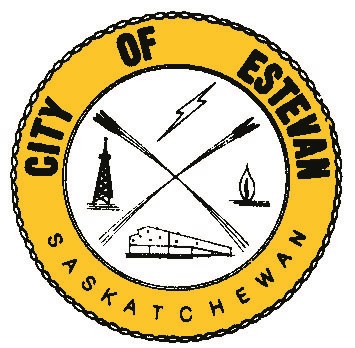The provincial government has agreed to help the City of Estevan pay for improvements to some of the Energy City's worst roads.
It was announced at Monday's regular meeting of city council that Estevan's proposal to rehabilitate the portion of Highway 47 that runs through the city has been approved under the Ministry of Highways and Infrastructure's Urban Highway Connector Program (UHCP). The province will pay for 54.1 per cent of the northern stretch and 59.2 per cent for the southern portion. It's expected construction will begin in 2012.
Mayor Gary St. Onge said the decision is big news for the City as the bill to repair the roads in question will likely be in the $2 to $3 million range.
"We've had that on our list for a long time but then other things came up that we had to work on instead," said St. Onge.
The mayor acknowledged during Monday's meeting that the City has received a number of complaints about the state of 13th Avenue and Souris Avenue - which becomes Highway 47 on the north and south sides - particularly on the north end of Estevan. However, they made the decision to hold off rehabilitating those roads with hopes that they might receive funding under the connector program.
"We knew (those streets) were coming up when we first looked at the UHCP agreement three or four years ago. It includes from Highway 18 all the way up to the Cemetery Road," added City manager Jim Puffalt. "The other thing is that while they rehab the streets, the province also starts paying for maintenance on the streets. That is a big step forward. They have not done that for 25 years."
Puffalt said another positive aspect of the approval is that it provides the City flexibility to possibly look at other projects they otherwise couldn't have afforded.
"We are probably talking - I hate to put a figure on it - a $2 to $3 million project to do all of 47 through the city. This helps to take $1 million to $1.5 million off our plate but, that is still a big chunk of change for the City."
In addition to granting approval, the Ministry has also requested that the City submit a three-year potential project list. The Ministry also noted that as a member of the UHCP, the City is required to submit a master transportation plan within five years of joining the program and will cost share up to 75 per cent of the plan.
"The Ministry is committed to improving mobilization and promoting future growth in your community," said Wayne Gienow, the Ministry's director of strategic municipal policy, in a letter to council. "A master transportation plan may address your community's transportation needs as well as future economic growth."
According to information on the Ministry's web site, the Urban Connector Program was created with the knowledge that Saskatchewan's population and business activity is being increasingly centred in cities and larger towns and "these communities serve as key collection and interchange points where export bound products trucked along rural highways are linked to national and international transportation corridors.
"The Urban Highway Connector policy recognizes that our urban communities play an important role in the provincial economy as generators of economic activity. Urban communities serve as key collection points where manufactured goods are warehoused and shipped by truck or rail to and from gateway ports. The policy provides a framework for funding urban highway connectors based on the provincial interest and is built on several guiding principles. The investment in urban connectors will reduce the cost of doing business and make Saskatchewan more attractive to investors. As well, it will improve quality of life through improved access and mobility for urban residents."




